By Anagha Madhan and Maya Haridas for En Avant Magazine July/August 2024
There’s a Native American proverb, “The one who tells the story rules the world.” The stories told on stage have the power to subconsciously cement untrue stereotypes, or change the way we think altogether.
For six centuries, ballet has served as a medium of storytelling, with its plots revolving around love, conflict, and transformation. One of the first examples of non-inclusivity in ballet is that the very first ballets were performed entirely by men (with them playing female roles too) but since then, once women started dancing ballet, it has been a very strictly gendered dance form.
Today, we’re going to read between the lines and look a little deeper into these narratives and characters, exploring how their portrayals represent the attitude of the times in which they were created. By doing so, we can understand these biases, and think about how we can reimagine and portray these characters in a more inclusive and diverse manner.
Swan Lake
Let us begin with one of the most classic ballets of all time – Swan Lake.
We will be looking at this ballet through the lens of gender stereotypes, something that is rampant across nearly all ballets of the time.
Traditional ideas of womanhood are embodied in the characters of Odette and Odile. Odette, the White Swan, is portrayed as an image of innocence and purity. She is the epitome of what is idealised as a “good” woman – gentle, kind, and moral. Despite the fact that these are admirable traits, the image perpetuates the idea that women should be submissive and sensitive.
Conversely, Odile, the Black Swan, is described as being malevolent, sly, and seductive. She manipulates Prince Siegfried with her seduction and cunning, embodying the archetype of the “femme fatale” or “temptress.” The damaging idea that assertive or confident women are intrinsically dangerous and morally tainted is reinforced by this kind of representation.
These binary portrayals of femininity – one pure and virtuous, the other evil and seductive – split femininity into being black or white. It fails to capture the grey areas – the complexity of real women’s personalities. These stereotypes reduce female characters into simplistic models, and entirely limit their roles and narratives to fit into a predefined category.
Also, Prince Siegfried is depicted as a typical strong, brave, and decisive male hero in the story of Swan Lake. He portrays a very traditional view of masculinity as the one who takes action, and as the saviour who chooses to rescue the damsel in distress, Odette.
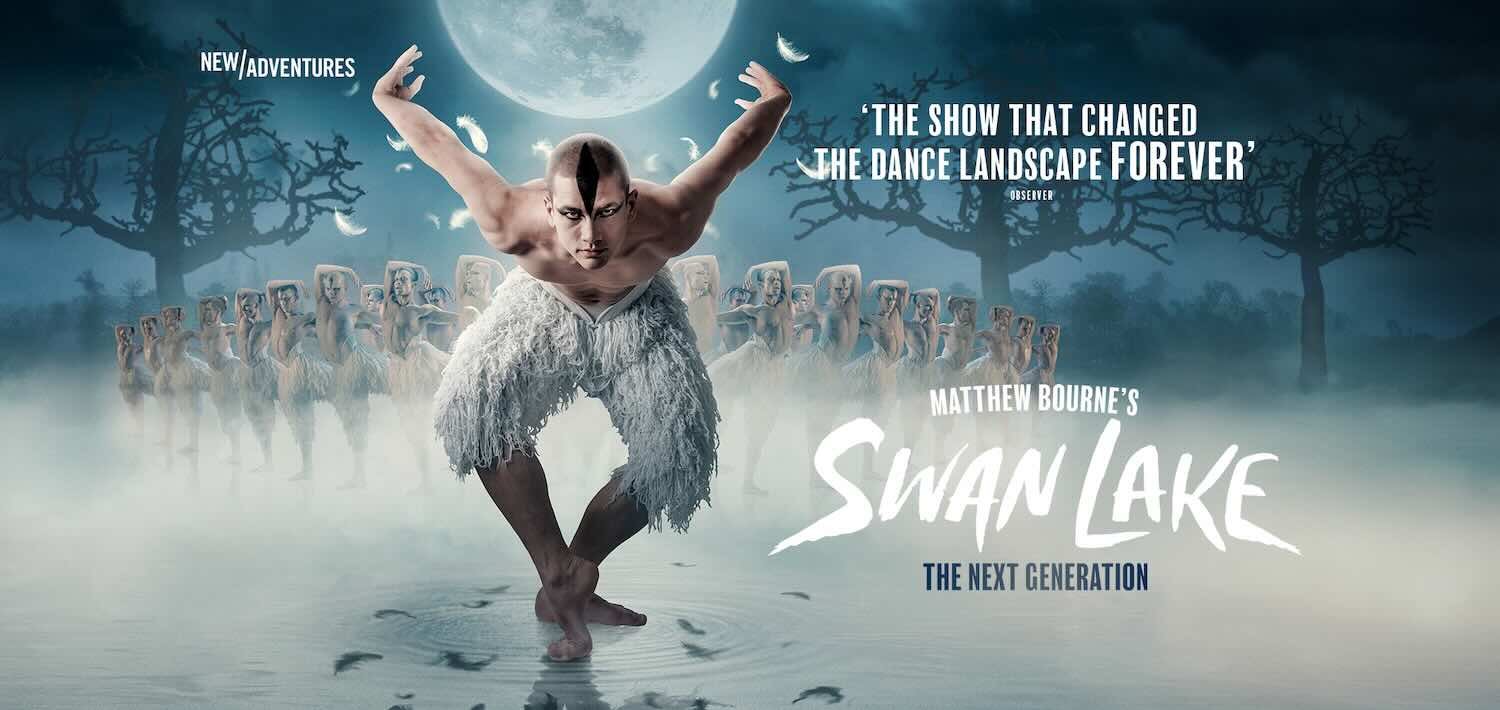
Matthew Bourne’s Swan Lake. Photo credit New Adventures
Matthew Bourne’s Swan Lake
Bringing this ballet firmly out of the murky waters of stereotype is – Matthew Bourne’s Swan Lake.
This story lets us into the mind of Prince Seigfried, who is definitely not the plasticky emotionless male hero of yore. He is a troubled young man struggling behind the facade of royal perfectness. The second act of the ballet shows us his decline into madness and is set in a mental hospital.
One of the most groundbreaking aspects of this ballet is the corps de ballet of beautiful, powerful male swans. The Lead Swan and Seigfried fall in love and dance pas de deuxes together as have never been seen before.
In the end Matthew Bourne’s Swan Lake is as much of a heartbreaking tragedy as the original, only more real and less black and white.
La Bayadere
Now we will be looking at this iconic ballet set in (the West’s idea of) the exotic East! La Bayadere is a gripping tale of love, loss and jealousy, but today we will be looking at it through the lens of racial stereotypes.
This ballet is set in a very strange land indeed. The writers, set, and costume designers took exaggerated versions of Thailand, Cambodia, India and the Middle East, mixed them together and then declared the resulting mishmash as India.
There is also a scene where in the hero’s opium induced vision of Nirvana (where his beloved temple dancer has ascended after a jealous princess had her murdered) all the dead Indian ladies have magically transformed into typical white ballerinas the minute they got to heaven.
Very sadly, even to this day some Russian ballet companies have their caucasian dancers paint themselves black and brown to perform in this and other ‘Eastern’ ballets.
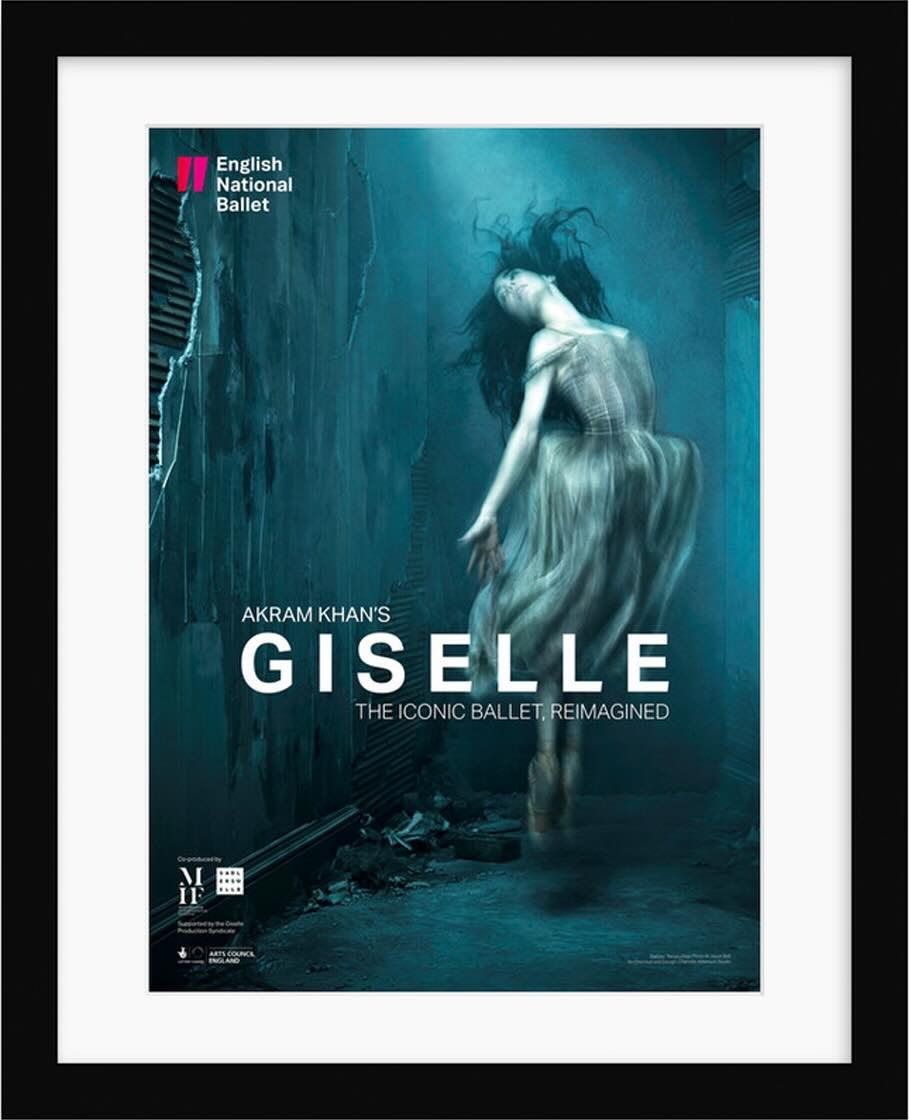
Akram Khan’s Giselle. Photo: Jason Bell
Akram Khan’s Giselle
Akram Khan’s Giselle is a reimagining of the classic ballet, taking a bold step toward erasing the barriers of marginalisation. It mixes the traditional Indian dance of Kathak with ballet, and makes it highly dynamic.
In the story of Khan’s Giselle, the storyline is recontextualised to reflect issues of today. The ballet represents the plight and anguish of displaced migrant workers, working in a cruel, dehumanising factory, where their only worth is in the work they can do. It draws parallels to the original themes of love, betrayal, and redemption while highlighting the struggles faced today by marginalised communities.
By including kathak, Arkam Khan’s casting and choreography challenge traditional stereotypes associated with ballet. Historically, ballet has always been dominated by eurocentric aesthetics. With this ballet, casting dancers of various ethnicities and including different dance forms, Khan breaks down pre-existing barriers and promotes a more inclusive representation in ballet.
The Nutcracker
The Chinese dance in The Nutcracker has often drawn criticism for its inaccurate depiction of Chinese culture. Exaggerated head nodding and index finger pointing are used in this scene as comedic gestures, without any real connection to traditional Chinese dance styles. These portrayals reinforce preconceived notions and reduce a rich culture into a crude parody.
Such a portrayal is the stark opposite of the kind, respectful, and inclusive community we should aim for in an artistic landscape. Traditional Chinese dance has intricate movements, and a strong connection to Chinese history and mythology. By replacing this with stereotypical, false movements, The Nutcracker misses an opportunity to celebrate and educate about traditional Chinese culture.
Additionally, Clara and the Sugar Plum Fairy portray roles of feminine elegance and poise, while the Prince is traditionally depicted as a protector and guide. He is shown as the typical male hero who rescues and leads, and reinforces the dynamic where men are shown as strong and heroic, while women require protection and support.
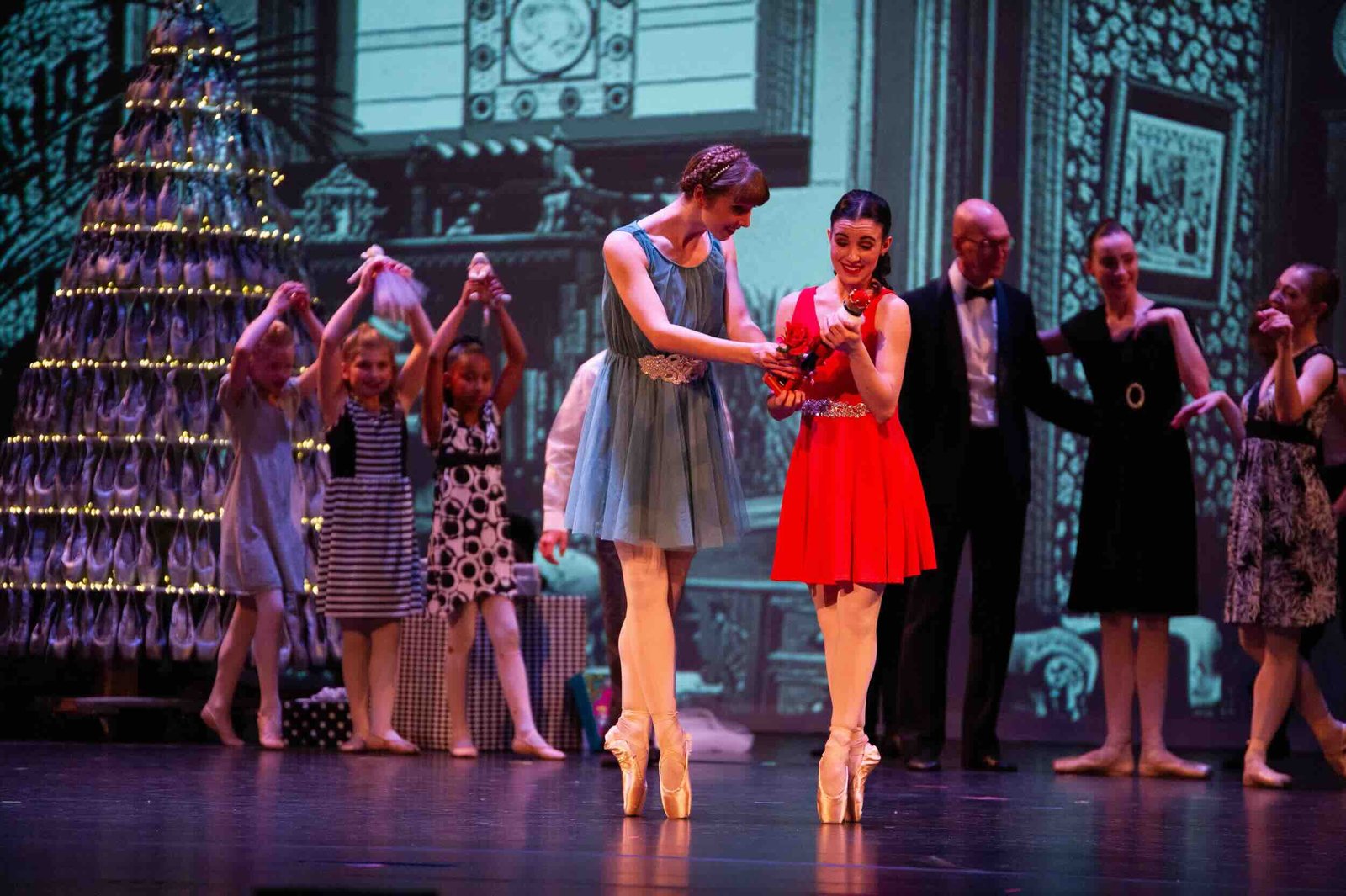
The Nutcracker. Photo: Todd Norton
The Nutcracker + Ballet Co. Laboratory’s Nutcracker in Wonderland
The Nutcracker has come a long way with racial inclusivity and addressing racial misrepresentation. Pacific Northwest Ballet’s acrobatic Green Tea Cricket, which is inspired by the insect which is a good luck symbol in Chinese culture. Boston Ballet’s new pas de deux, inspired by traditional Chinese Ribbon Dancing, and Colorado ballet even features an authentic dragon puppet on stage!
Addressing the gender stereotypes in the Nutcracker (and in most classic ballets) Ballet Co. Laboratory created The Nutcracker in Wonderland – a cross between The Nutcracker and Alice’s Adventures in Wonderland. The story centres on a powerful female friendship and does away with the typical all conquering prince entirely. It features classic pieces like the Sugar Plum pas de deux as dances for the two young women together, with queer themes. The ballet follows the two young women fighting the Rat King and Queen, traversing Wonderland and exploring the Kingdom of Sweets, no rescuing required.
Le Corsaire
A tale loosely based on Lord Byron’s poem, we will look at the racial stereotypes within it.
This ballet has come under scrutiny recently for its inauthentic portrayals of Middle Eastern culture. For example, one of the pieces in the ballet is a cartoon-comedy depiction of Turkish Muslims at prayer.
Some people argue that the entire ballet is just “fun” and shouldn’t be taken seriously at all, but what about subconscious messages sent? Especially to the minds of impressionable young children? That people of certain races are worth less than people of other races. That it is okay to make fun of these people. And, more broadly, that dancers of colour are unable to dance roles portraying their culture, so that caucasian dancers must paint themselves brown, black and yellow and go on to portray characters of these races (and generally portray them all wrong)?
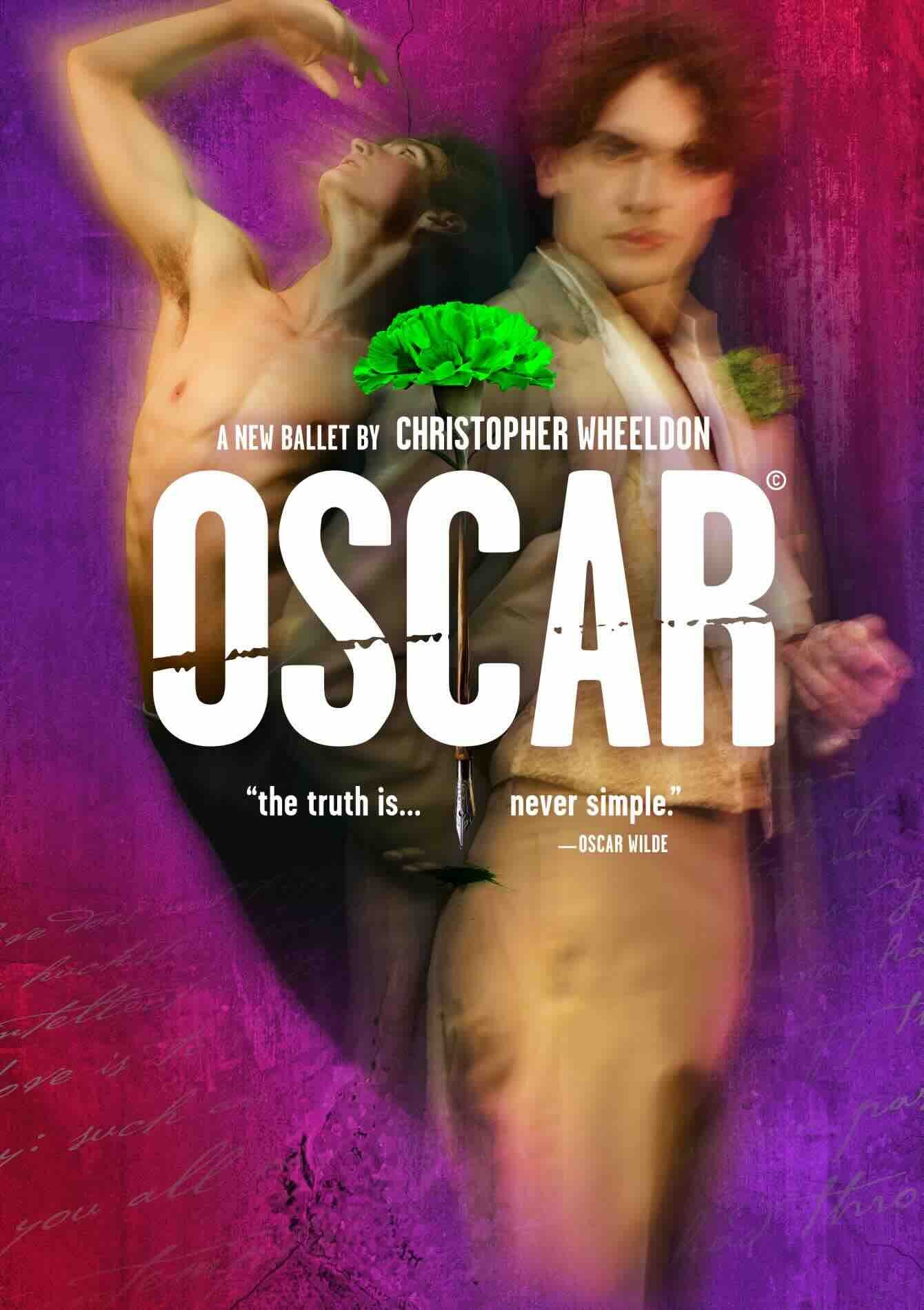
Oscar. Photo: Simon Seles
Christopher Wheeldon’s Oscar
This ballet is an example of how dance can address themes of gender and sexuality in an inclusive manner. It draws inspiration from the life and stories of Oscar Wilde, a renowned playwright who was jailed for ‘gross indecency’. ‘Oscar’ reflects the struggles of Wilde’s experiences. His life was marked by his genius as a playwright, and the severe consequences of the intolerance toward his sexuality. Thus, ‘Oscar’ is an exploration of the challenges faced by people who have identities that differ from the norm, presenting a narrative that raises the question: why is it so wrong to simply be yourself?
Through ‘Oscar’, Wheeldon honours Wilde’s legacy, while shedding light on the dialogue about inclusivity and acceptance. The historical and ongoing issues faced by the LGBTQ+ community are highlighted. By transforming these into a dance narrative, there is a platform for reflecting on the discrimination in history, while promoting acceptance for diverse sexual and gender identities.
From looking deeper into these diverse examples, it’s clear that the stories told on stage, although wordless, hold the power to shape our perceptions. The ballet world, slowly but surely, is evolving to embrace inclusivity on its stages. From Akram Khan and Matthew Bourne’s reimagined classics, to the contemporary works of Crystal Pite, the one who tells the stories does indeed rule the world. Let us aim to use that power to tell stories that celebrate the diversity amongst us.

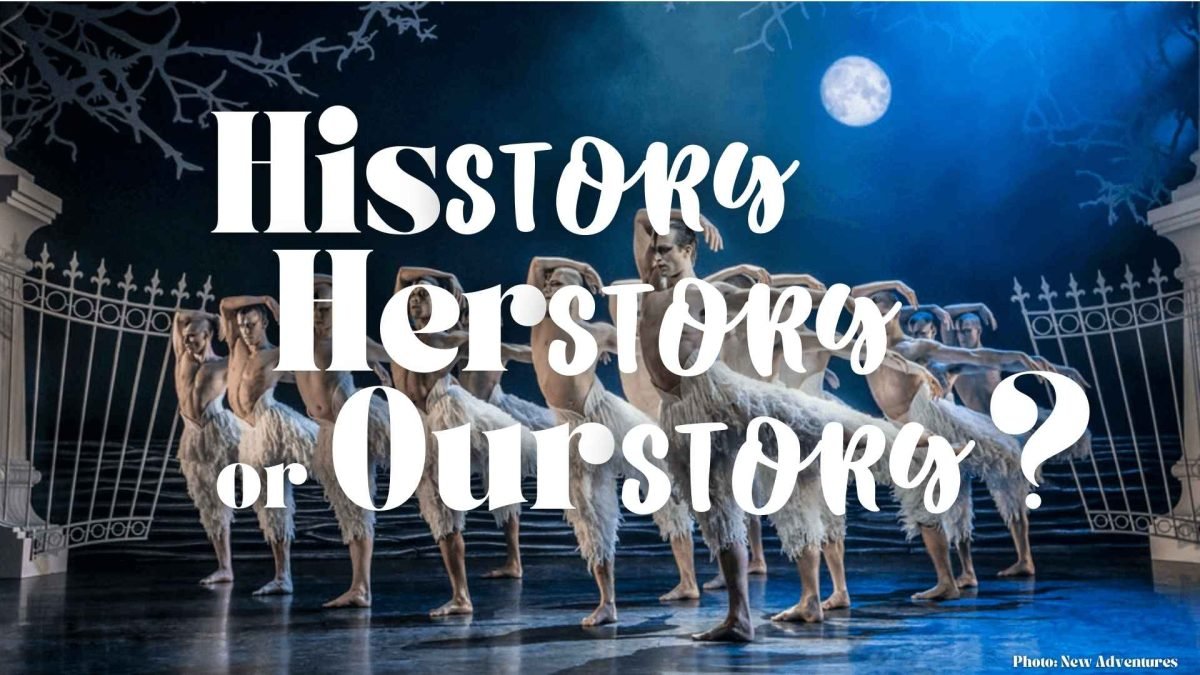
Leave a Reply